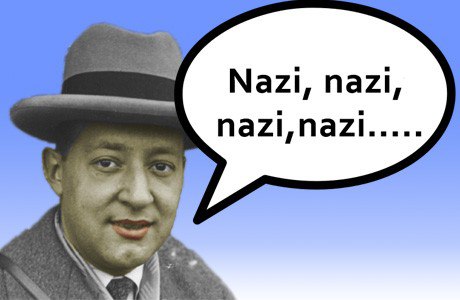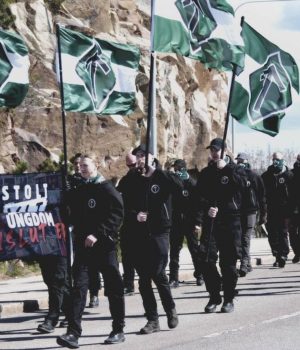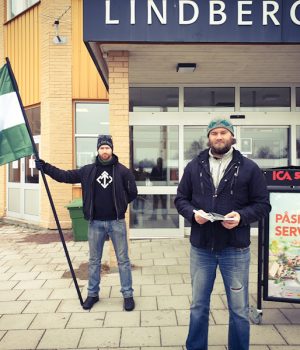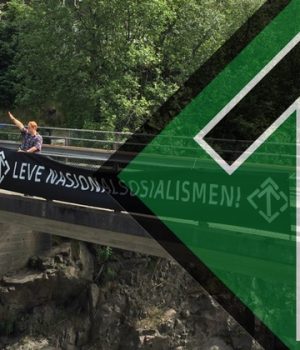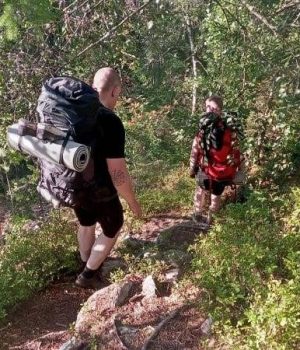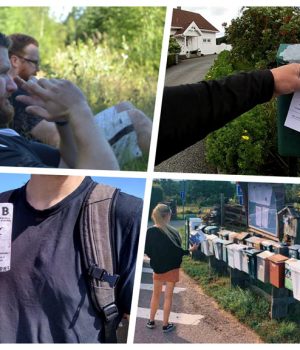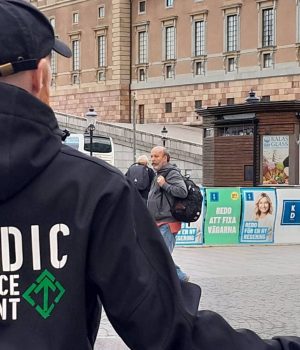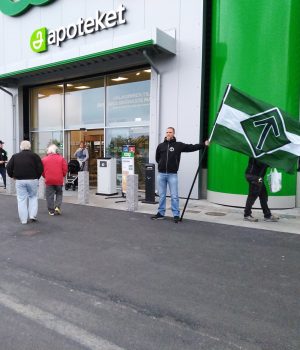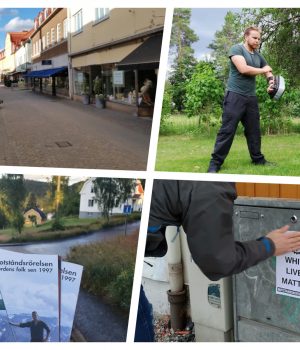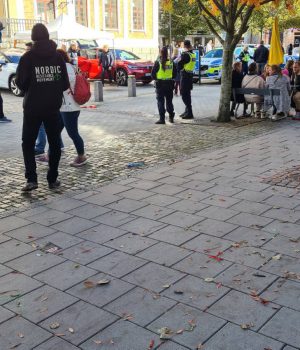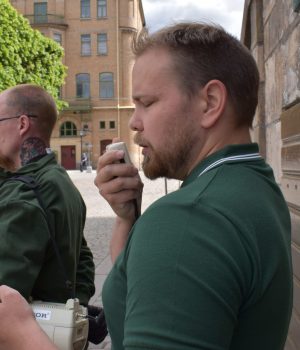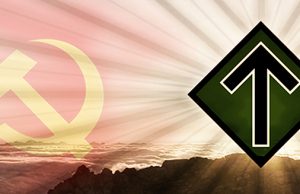SYMBOLISM. Simon Holmqvist wrote the following article for the National Day of Sweden 2017, explaining why the Nordic Resistance Movement does not use the Swedish national flag as its banner.
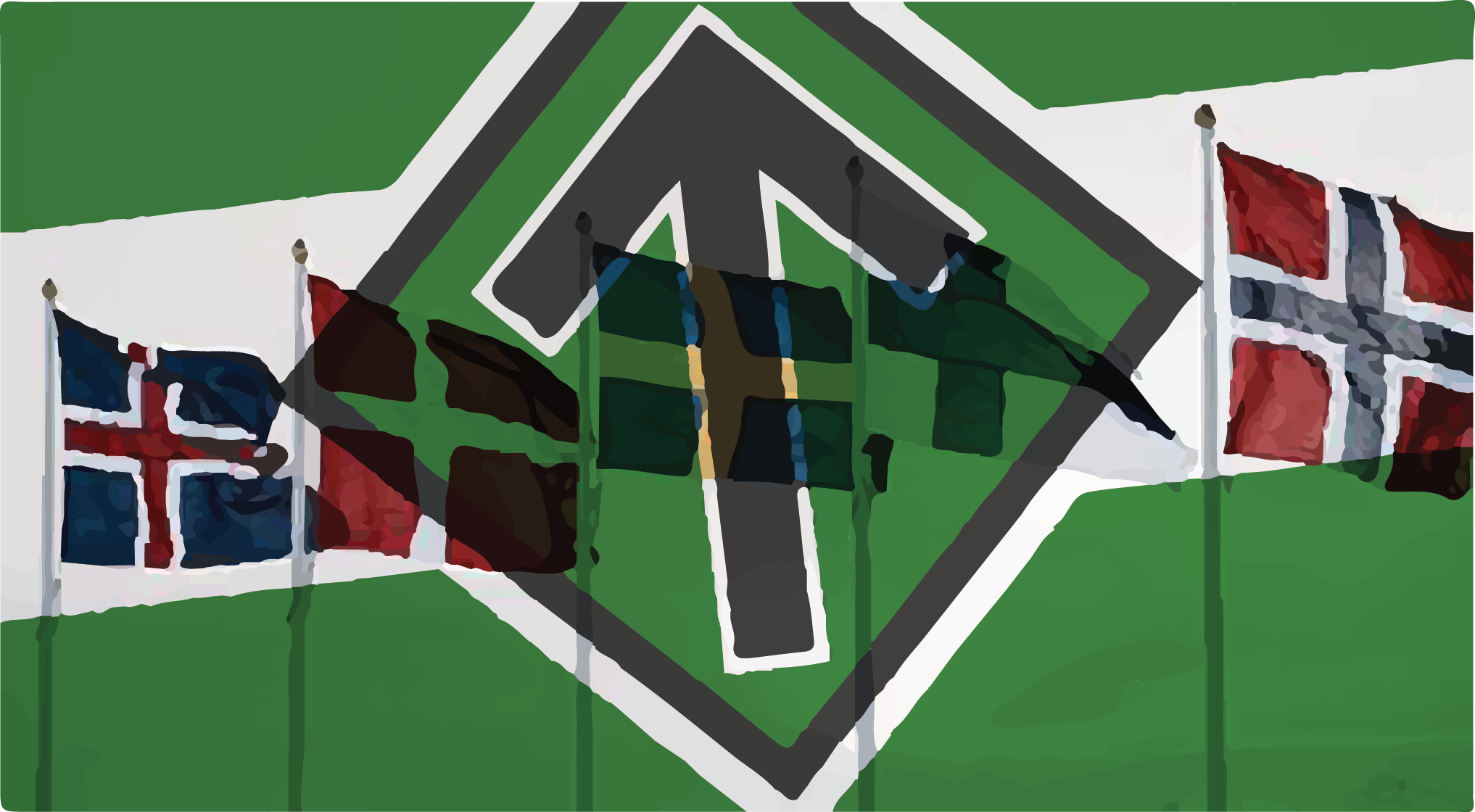 Today is the National Day of Sweden, a day that is most often observed rather than celebrated. This is particularly true when comparing our National Day celebrations with those of our Nordic neighbors, whose eagerness to celebrate their newly won independence far exceeds the enthusiasm with which we commemorate Gustav Vasa’s coronation, which happened almost five hundred years ago.
Today is the National Day of Sweden, a day that is most often observed rather than celebrated. This is particularly true when comparing our National Day celebrations with those of our Nordic neighbors, whose eagerness to celebrate their newly won independence far exceeds the enthusiasm with which we commemorate Gustav Vasa’s coronation, which happened almost five hundred years ago.
In fact, Sweden did not have an official National Day until 2005, when the 6th of June replaced Whit Monday as a public holiday. Previously, the 6th of June was referred to as the Swedish Flag Day, which stems from the fact that celebrations of the national flag were being held annually at Skansen (an open-air museum in Stockholm) on this date since the early 1900s.
Following the Nordic Resistance Movement’s successful 2017 Labor Day demonstration in Falun, the organization has been criticized in various forums for not using the Swedish national flag as its symbol. This discussion is in no way new – it regularly arises after the organization’s public displays of strength.
Some people argue that the banner of Tyr is merely the symbol of an organization, whereas the national flag, being a symbol of Sweden and its people, ought to be the primary banner for nationalists in ceremonial contexts, and should at least be used to complement the organizational banner.
Others have also speculated that the reason we do not use the flag of the Swedish nation is its Christian symbolism, implying that the Nordic Resistance Movement is anti-Christian and therefore refuses to use a banner that has a cross on it.
This theory is of course not valid, inasmuch as the Nordic Resistance Movement advocates, as well as practices, freedom of religion. In the organization’s ranks there are Christians as well as heathens and atheists. The organization does not take a stand on these issues, but instead tries to convey that religion is a private matter and that you should not let these private, spiritual convictions lead to division among comrades, who are meant to stand united and fight for the survival of their people.
What is the reason behind the fact that you never see our activists displaying blue-yellow symbols? Why do we insist on using the organizational banner for public events? In order to answer these questions, we need to examine in depth what the banner of Tyr is, what it represents and why it is not compatible with the Swedish national flag at this point in time.
The Organization and the rebellion
As implied above, those who criticize the exclusive use of the banner of Tyr do so based on the assumption that it is only an organizational banner among many others, and that we as nationalists should also use the banner of our nation. These critics argue that this is especially important when inviting nationalists from outside the organization, like we did in Falun. By doing this, the flag of Sweden would function as a sort of unifying symbol that would bring nationalists together across organizational borders, a symbol that all Swedish nationalists can rally behind.
Although the Nordic Resistance Movement’s demonstrations have become a sort of unifying initiative for all nationalistic forces that are sympathetic to our cause, we are still a revolutionary, National Socialist organization in open rebellion against the present system – that is, against the state whose very symbol is the Swedish national flag.
Our goal is not simply to replace the current government and install more capable ministers. Our aim is to replace the entire system with one that is new and forceful, to ensure that the existence of our people is never more threatened by subversive forces working from within.
We are of course not unaware that our ancestors, along with several of our heroic kings, have fought and died under this banner while defending the freedom of our people. This of course means that the national flag has a certain sentimental value for us Swedes, but it would be dishonest and contradictory for the Nordic Resistance Movement to rally under our banner of rebellion while at the same time flying the banner that symbolizes that which we are in rebellion against.
A Nordic National Socialist republic
One objection is that the Swedish flag did not originally symbolize the present system. It is true that the banner, having initially been exclusively used as a military symbol, came to symbolize the Kingdom of Sweden as a Christian monarchy – in other words, the Sweden of Charles XII, the Sweden of the mid-20th century referred to as the folkhem (lit. “the people’s home”), and other “blue-yellow” eras that many nationalists idealize to this day. However, the Sweden of today is no longer Christian, and the monarchy has long played out its role – as have its symbols, that have proven to not be forceful enough to ensure our freedom and survival.
None of this really matters, since our aim is not to bring back a bygone era or reestablish the Swedish monarchy. Our goal is the creation of a Nordic National Socialist republic, with the Tyr rune as its symbol. It is therefore irrelevant whether the flag of Sweden represents Charles XII, Per Albin Hansson or Stefan Löfven, since we are not fighting to bring back any of these eras. The unification of the Nordic countries is not only the right ambition from a racial and ideological perspective. It is also the only chance for us to defeat our enemies and, in the long term, to survive as a people.
This unification will not come to pass by the Kingdom of Sweden conquering its Nordic neighbors and reestablishing a form of Swedish empire. Nor will the Nordic republic be a union similar to the EU, with member states that more or less function as separate units and that, at least in theory, can come and go as they like and choose what aspects of the union they want to take part in. That is to say, apart from being a symbol for our organization and our rebellion, the Tyr rune is also the symbol for the Nordic National Socialist republic, the creation of which is one of the organization’s most important and tangible goals.
Of course you can argue that the national flag has also functioned as a symbol for the Swedish people. However, it was only ascribed this function in recent times, and the people do not seem to have perceived the flag in this way until after the Swedish-Norwegian union dissolved in 1905. The Swedish people has obviously existed far longer than that, and many of its generations would have perceived all banners solely as symbols of the military, or of the king.
A genuine resistance movement
Members of the Nordic Resistance Movement do not merely believe in an ideology or a vision, they also believe in an organization. This is what the organization derives its name from – it is a genuine resistance movement, the organization that will liberate the Nordic countries from the shackles of our enemies. We believe this, and it is what we are fighting and preparing for.
Does this mean that we are some kind of bolsheviks intending to carry out a maoist cultural revolution and erase our entire history? Of course not.
Our National Socialist predecessors in the NSDAP also fully believed in their organization, their resistance and their banner of rebellion. While they were in our situation, single-mindedly preparing for the coming victory, they, too, did not use symbols relating to the Weimar Republic or the German Empire. They knew better than to use symbols of states they were rebelling against, and instead wanted to replace these symbols with something new and forceful.
Once Germany had been liberated, banners from previous polities were of course still used and celebrated in some contexts, but never in order to represent the German Reich. Similarly, the future Nordic people will of course still be able to revere the flag of Sweden, but never as an official symbol of Nordic National Socialism or the future Nordic republic that we are fighting for.
A strong people has solid roots and does not deny its history. However, for as long as we are fighting a rebellion, we will let the enemy keep their symbols. Meanwhile, we will create our own symbols and rally under our own banner of rebellion, and when the Nordic countries have been liberated we are going to build a new state based on sound values.
We do not gaze back in awe at the great days of old – we are looking ahead, and are fighting for a glorious future!
Symbolism of the Tyr rune
From the Nordic Resistance Movement’s activist manual:
“The general symbol of the Nordic Resistance Movement is the National rune (the symbol of the new Nordic republic). The symbol consists of a Tyr rune and an Ing rune. The Tyr rune symbolizes boldness, self-sacrifice, struggle and victory. The Ing rune symbolizes fertility, creativity as well as single-mindedness and focus.
The symbol is filled with a green field that marks our closeness with nature and its eternal laws. The white edging symbolizes our race. The black color of the runes conveys structure, order and discipline.”
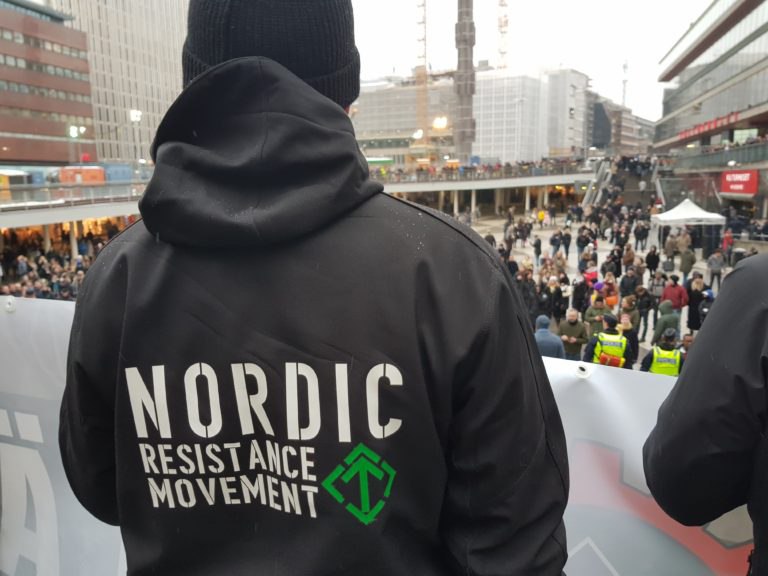
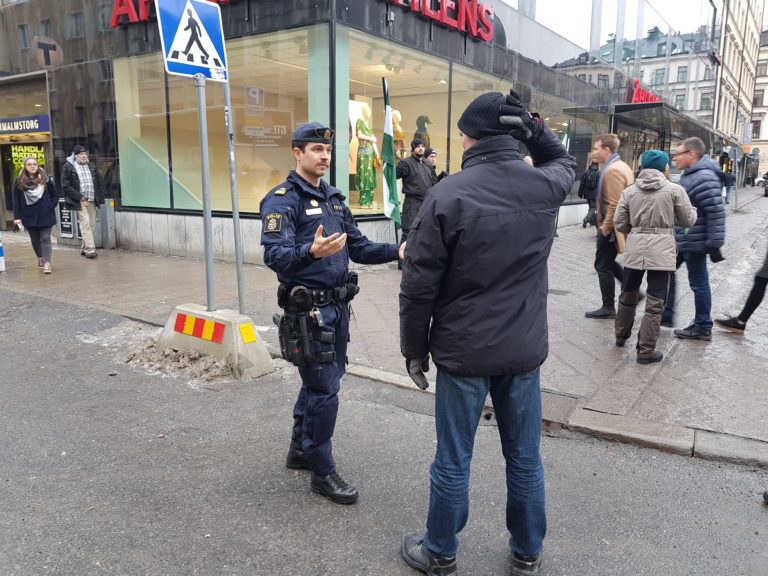
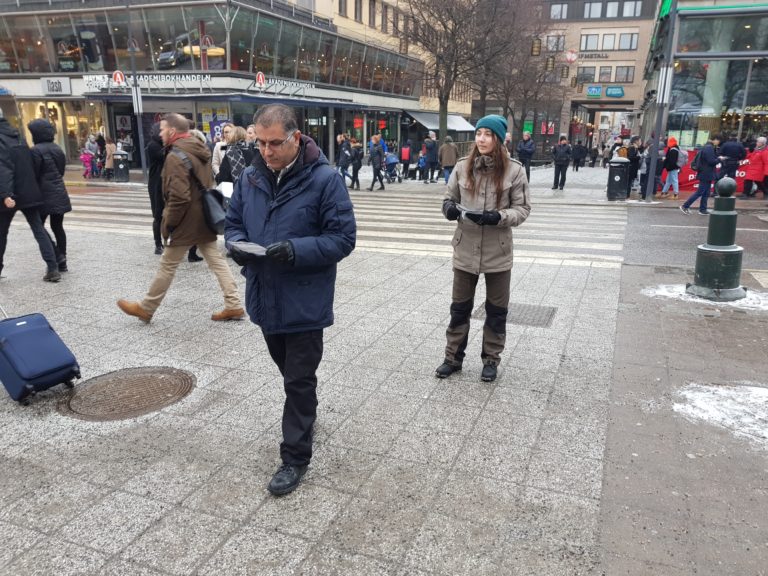
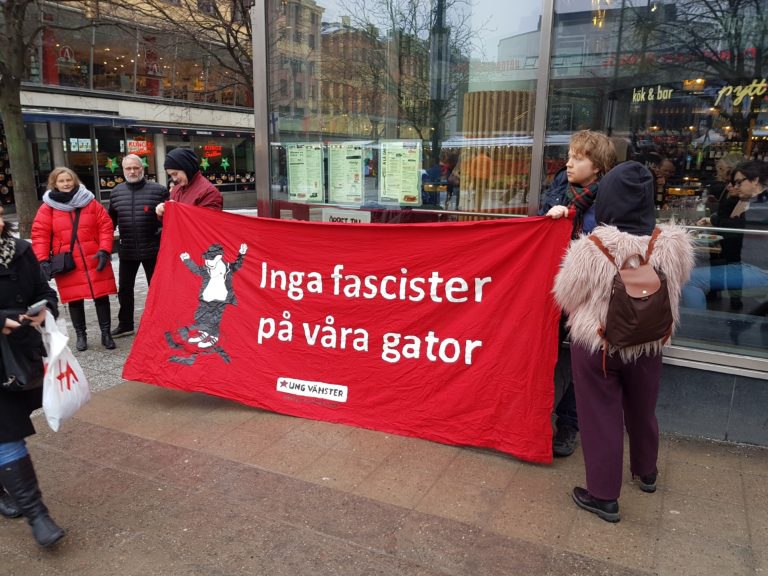
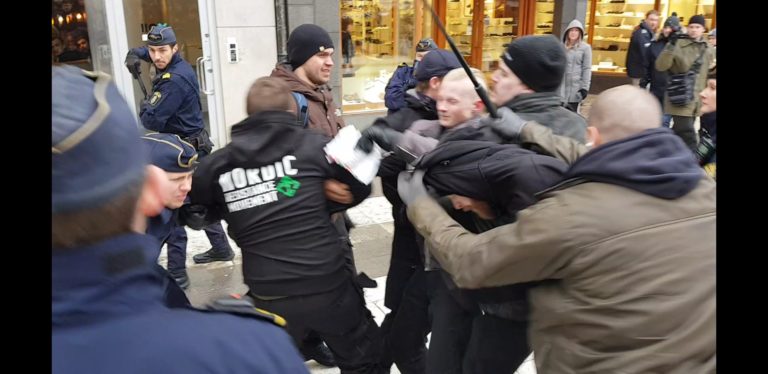
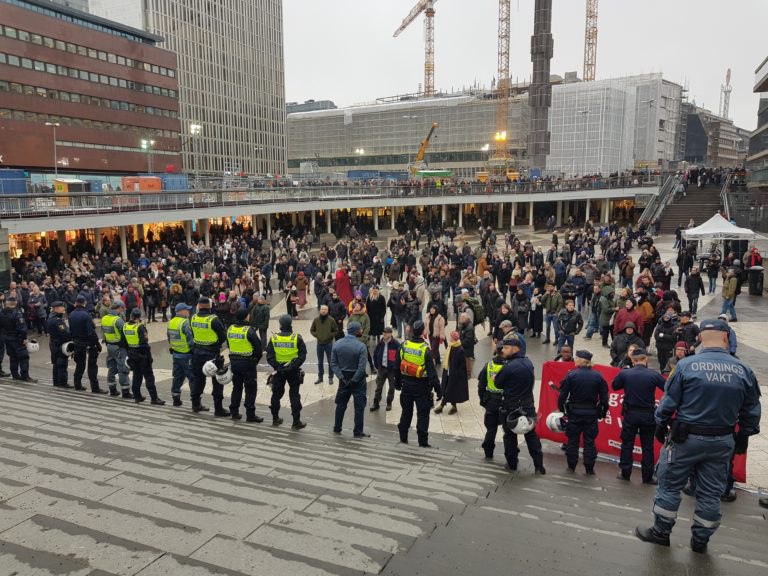

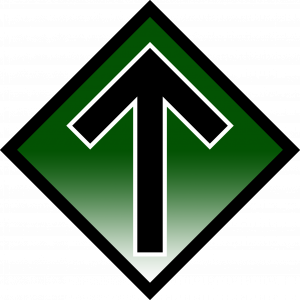
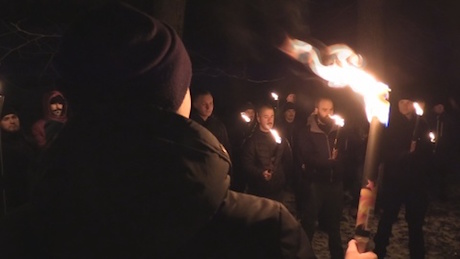
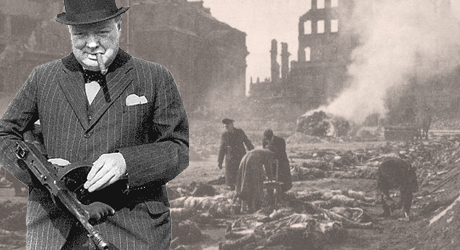
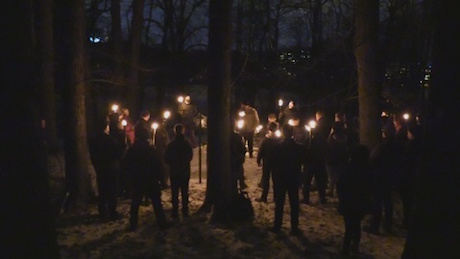
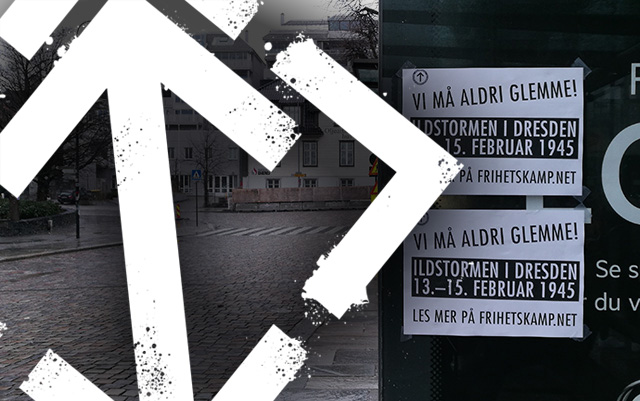
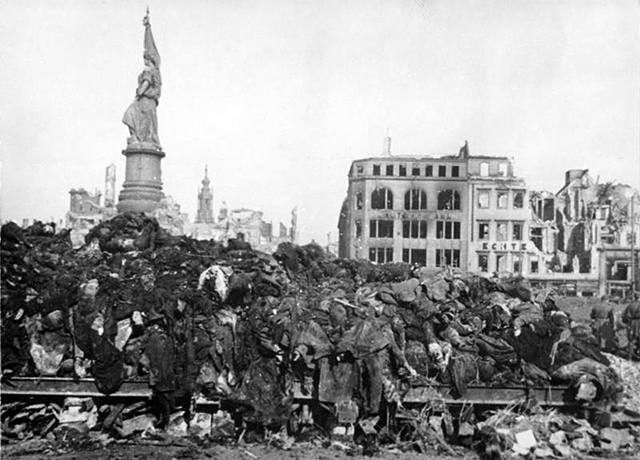
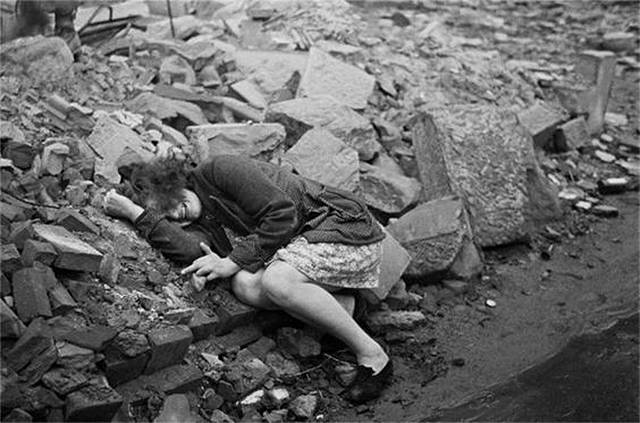
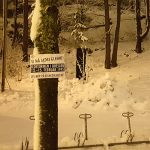
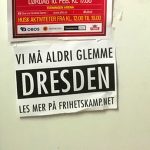
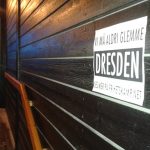
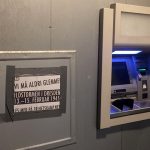
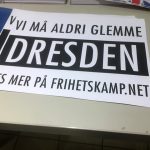
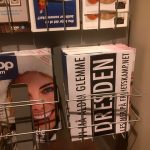

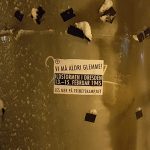
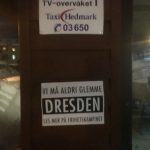
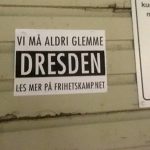
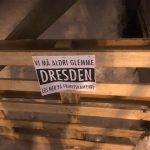
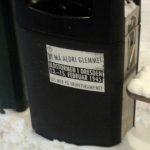
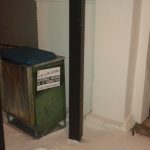
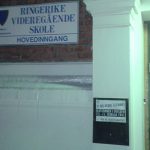
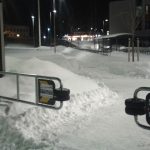
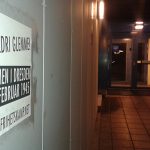
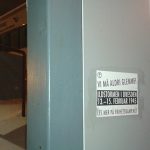
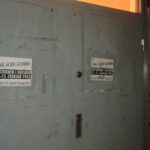
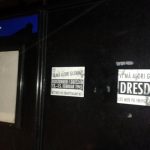
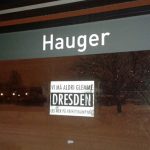
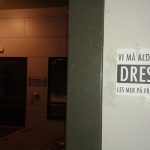
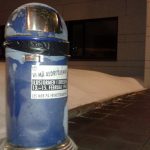
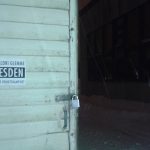
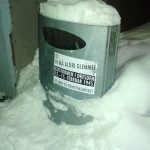
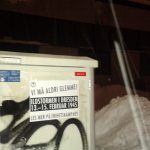

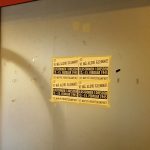
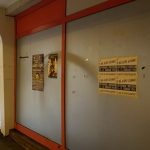
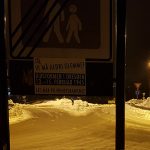
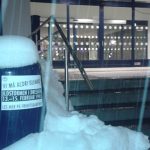
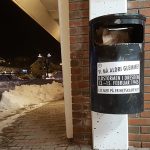
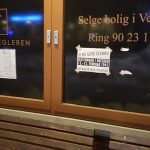
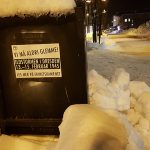
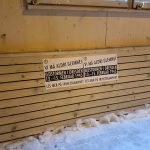
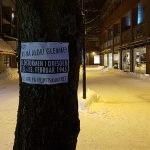
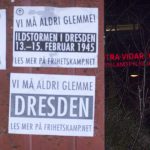
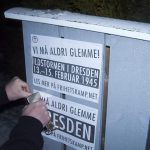
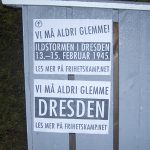

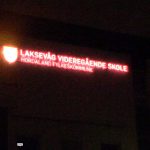
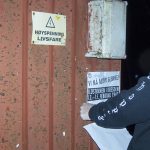

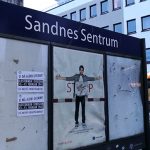
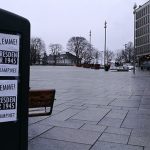
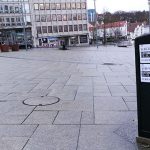
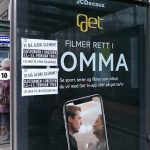

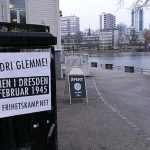
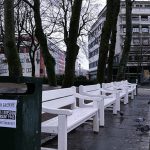
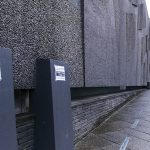
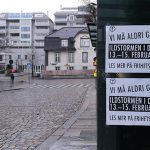
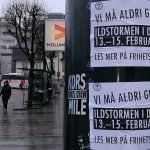
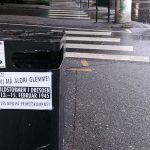
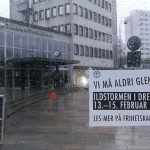
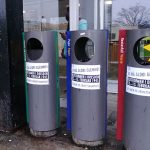
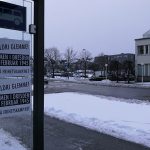
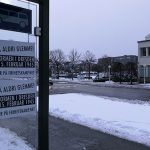
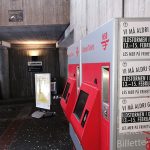
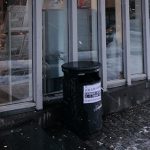
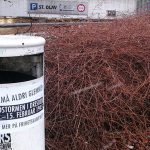
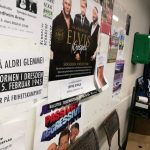
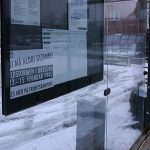
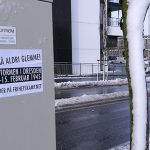
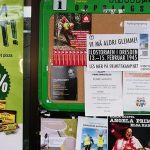
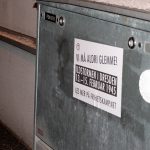

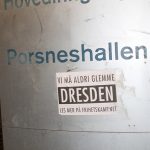
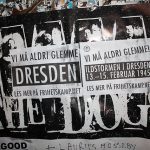
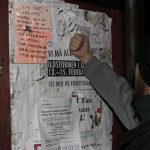
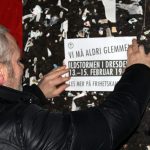
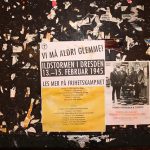
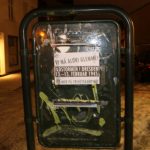
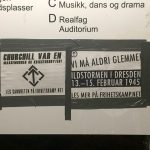
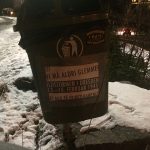
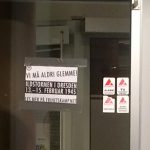
 While autumn is traditionally the time of year for gathering provisions to use throughout the winter, some fruits and vegetables can also be harvested in the warmer months, even in the harsh climate of the Nordic nations. If you didn’t sow or plant anything earlier in the summer, all is not lost, however, as this is also the golden season for berries. Foraging and growing food is also a good social activity and gets you outdoors.
While autumn is traditionally the time of year for gathering provisions to use throughout the winter, some fruits and vegetables can also be harvested in the warmer months, even in the harsh climate of the Nordic nations. If you didn’t sow or plant anything earlier in the summer, all is not lost, however, as this is also the golden season for berries. Foraging and growing food is also a good social activity and gets you outdoors.
 Carrots, swedes and potatoes have many well-known uses, such as serving as the main ingredients in a delicious vegetable soup. Beetroot can be just as versatile, however, and it’s also full of important vitamins and minerals. I mainly use it as the basis of the wonderful Eastern European dish borscht, but it’s also a great addition to a salad: just peel the raw bulb with a potato peeler, then grate it with a cheese grater.
Carrots, swedes and potatoes have many well-known uses, such as serving as the main ingredients in a delicious vegetable soup. Beetroot can be just as versatile, however, and it’s also full of important vitamins and minerals. I mainly use it as the basis of the wonderful Eastern European dish borscht, but it’s also a great addition to a salad: just peel the raw bulb with a potato peeler, then grate it with a cheese grater. If you don’t fancy growing your own salad plants, you could always pick buttercup leaves instead. Buttercups are one of the most useful and readily available salad plants, and they can be used in the same way as any other type of salad leaf.
If you don’t fancy growing your own salad plants, you could always pick buttercup leaves instead. Buttercups are one of the most useful and readily available salad plants, and they can be used in the same way as any other type of salad leaf.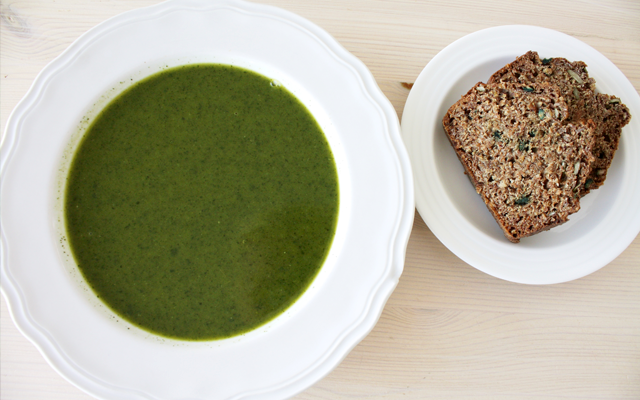 If you want nettle soup in the winter, you’ll have to blanch the leaves before freezing them. You can blanch kale and spinach, too, but it’s better just to cut them up and freeze them as they are. Bear in mind, however, that a lot of the nutrients can be lost during reheating.
If you want nettle soup in the winter, you’ll have to blanch the leaves before freezing them. You can blanch kale and spinach, too, but it’s better just to cut them up and freeze them as they are. Bear in mind, however, that a lot of the nutrients can be lost during reheating.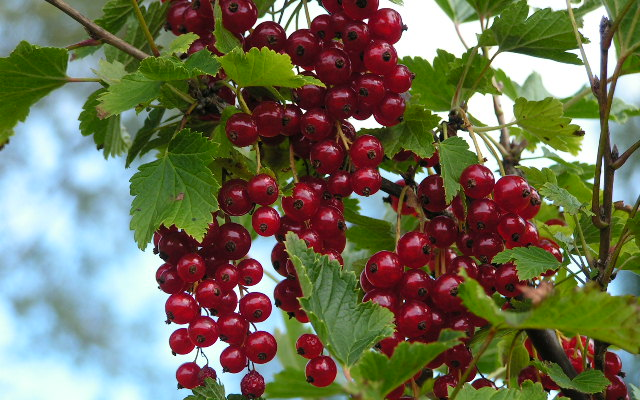 Lingon berries are another good option. Most people think of them as an accompaniment to meat dishes, or as an ingredient in the Norwegian dessert “trollkrem”, but they can also be used to make a simple juice drink. Crush the berries in a jug and add water at a ratio of 10 to 1, let it stand for 24 hours, and then drink it as it is. You can put it in the fridge for a chilled version, but I like to leave it standing on the kitchen unit for convenience.
Lingon berries are another good option. Most people think of them as an accompaniment to meat dishes, or as an ingredient in the Norwegian dessert “trollkrem”, but they can also be used to make a simple juice drink. Crush the berries in a jug and add water at a ratio of 10 to 1, let it stand for 24 hours, and then drink it as it is. You can put it in the fridge for a chilled version, but I like to leave it standing on the kitchen unit for convenience.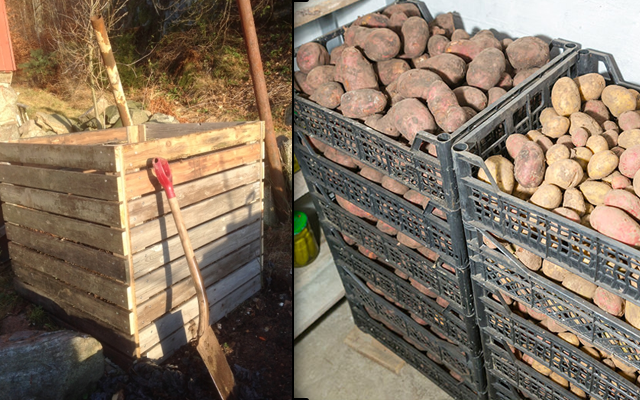
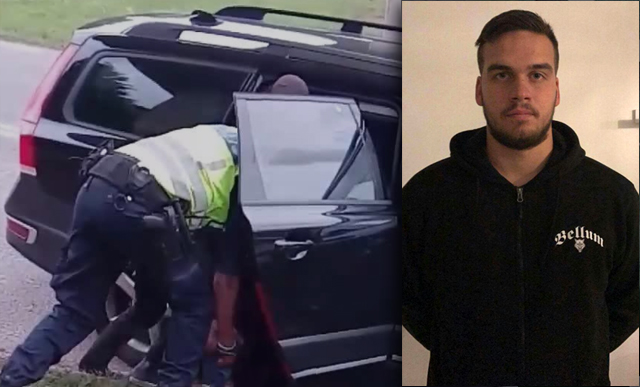

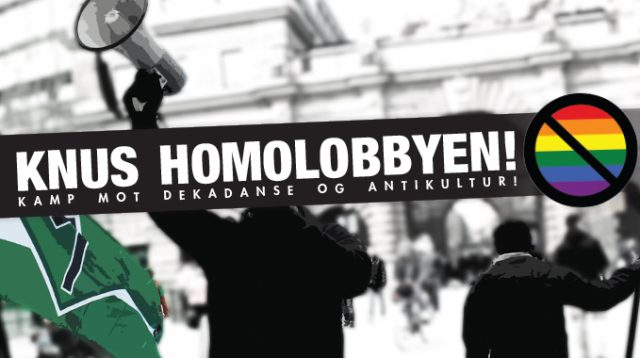 Several alternative sites were proposed for the new location. Oslo was one possibility, but seeing as the government is busily monitoring our activists in Eastern Norway, we decided holding a demonstration there might prove difficult at short notice. So instead we chose Kristiansand, a city in which we have a strong following and great support among local people.
Several alternative sites were proposed for the new location. Oslo was one possibility, but seeing as the government is busily monitoring our activists in Eastern Norway, we decided holding a demonstration there might prove difficult at short notice. So instead we chose Kristiansand, a city in which we have a strong following and great support among local people.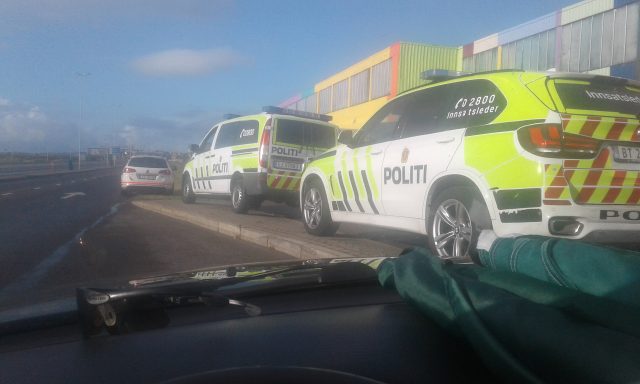 By the time we arrived at our destination it was about three in the morning. We were happy to see that a lot of people had made it there, including activists from Norway, Sweden and Finland. Whether we would be able to accomplish anything the next day, however, was still unclear, and that uncertainty didn’t diminish in the morning, when I woke up to the sound of a helicopter flying over the roof.
By the time we arrived at our destination it was about three in the morning. We were happy to see that a lot of people had made it there, including activists from Norway, Sweden and Finland. Whether we would be able to accomplish anything the next day, however, was still unclear, and that uncertainty didn’t diminish in the morning, when I woke up to the sound of a helicopter flying over the roof.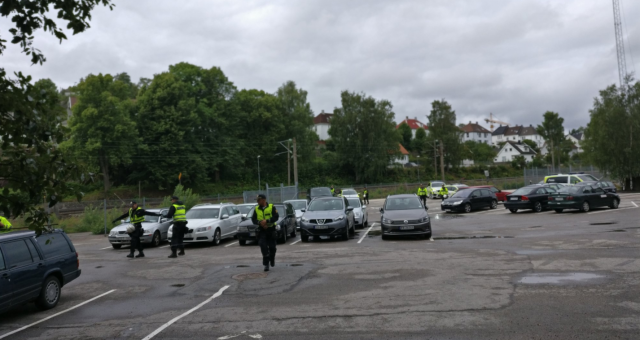
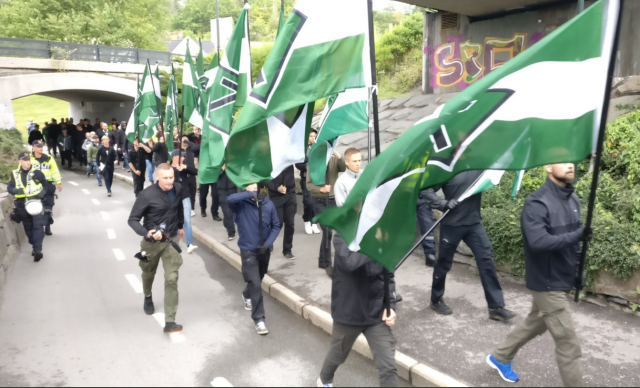 Our march to the city centre went well, as did our dialogue with the police. They explained that they wouldn’t attempt to stop us and that we could carry out our activism. We said that we planned to give out leaflets and talk with passers-by, which they informed us wouldn’t be a problem.
Our march to the city centre went well, as did our dialogue with the police. They explained that they wouldn’t attempt to stop us and that we could carry out our activism. We said that we planned to give out leaflets and talk with passers-by, which they informed us wouldn’t be a problem.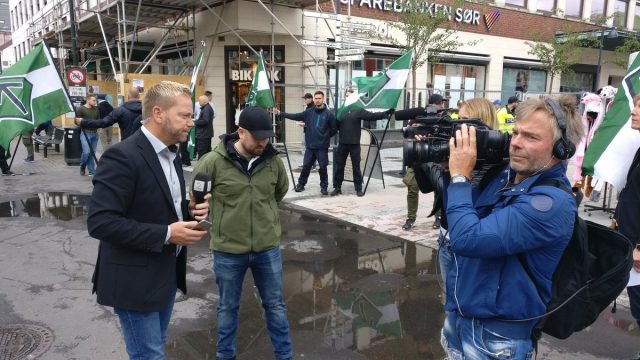
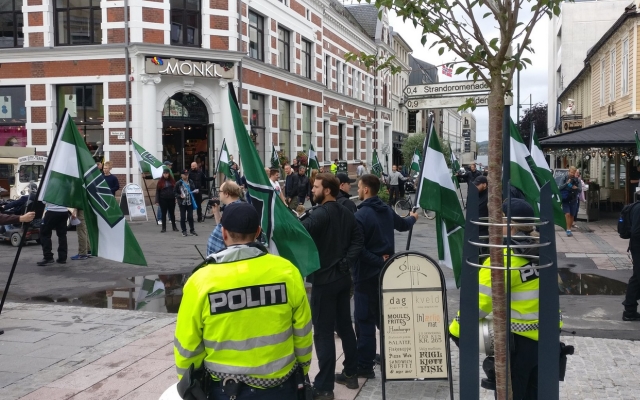 One or two rabid counter-demonstrators inevitably couldn’t help themselves from causing trouble, but this didn’t adversely affect us or our protest. We spoke frankly with a few opponents, with us putting forward our views, and they theirs. Hopefully they were able to see that we aren’t just “homophobic Nazis” but National Socialists with well-founded arguments as to why we oppose the harmful promotion of homosexual propaganda.
One or two rabid counter-demonstrators inevitably couldn’t help themselves from causing trouble, but this didn’t adversely affect us or our protest. We spoke frankly with a few opponents, with us putting forward our views, and they theirs. Hopefully they were able to see that we aren’t just “homophobic Nazis” but National Socialists with well-founded arguments as to why we oppose the harmful promotion of homosexual propaganda.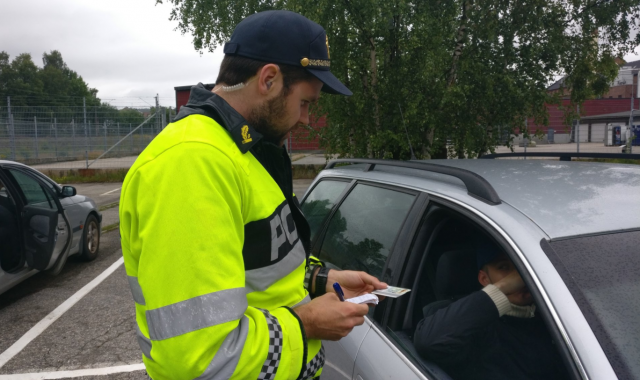
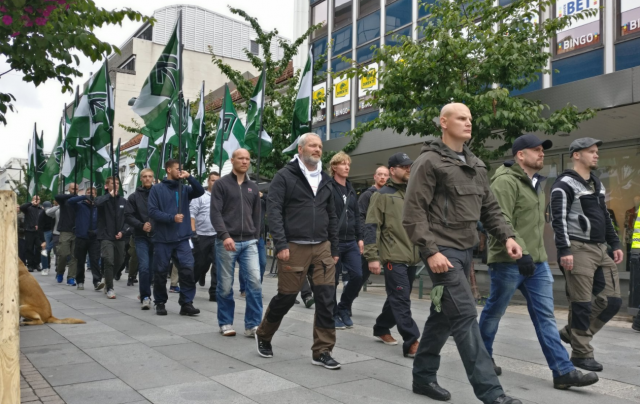
 Today is the National Day of Sweden, a day that is most often observed rather than celebrated. This is particularly true when comparing our National Day celebrations with those of our Nordic neighbors, whose eagerness to celebrate their newly won independence far exceeds the enthusiasm with which we commemorate Gustav Vasa’s coronation, which happened almost five hundred years ago.
Today is the National Day of Sweden, a day that is most often observed rather than celebrated. This is particularly true when comparing our National Day celebrations with those of our Nordic neighbors, whose eagerness to celebrate their newly won independence far exceeds the enthusiasm with which we commemorate Gustav Vasa’s coronation, which happened almost five hundred years ago.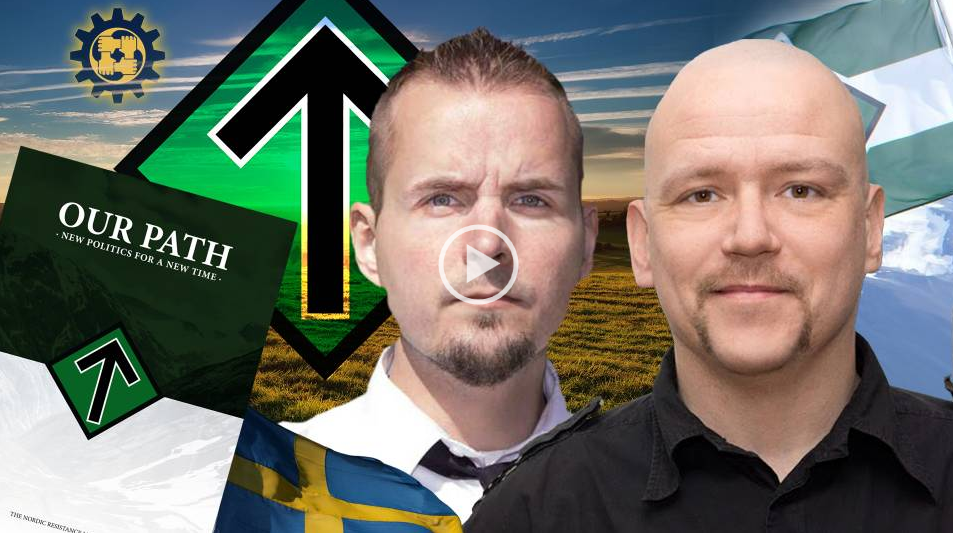
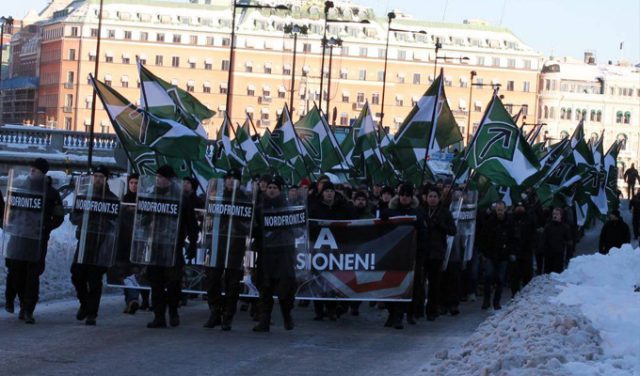
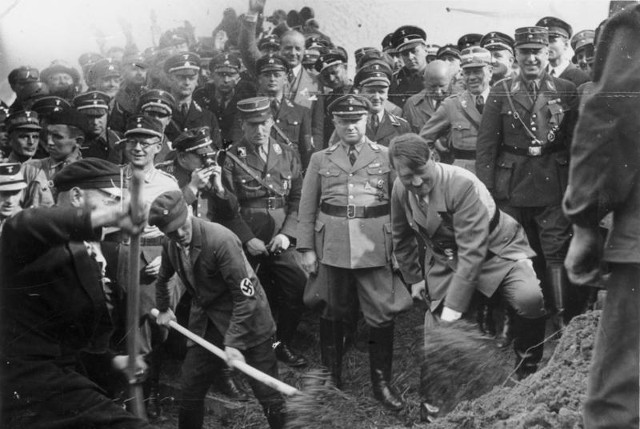
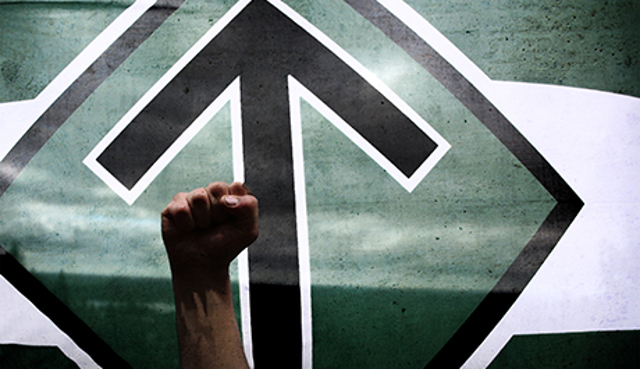 The same approach applies today. We National Socialists do not accept the term “right-wing extremists”. We are not backwards-looking, counter-evolutionary conservatives, nor are we reactionary guardians of old class systems. We look forwards and fight for a radical and modern social system, one defined by the responsibility of all members of the national community, which prioritises development and innovation for society’s benefit. We want to build a welfare state with free access to schools, health services and social care, where important societal functions, infrastructure and banks are owned and controlled by the state. We aim for a society in which the protection of animals and the environment is based on ethical grounds and far-sighted planning, a state that strongly defends the national community and enforces stringent punishments for criminality.
The same approach applies today. We National Socialists do not accept the term “right-wing extremists”. We are not backwards-looking, counter-evolutionary conservatives, nor are we reactionary guardians of old class systems. We look forwards and fight for a radical and modern social system, one defined by the responsibility of all members of the national community, which prioritises development and innovation for society’s benefit. We want to build a welfare state with free access to schools, health services and social care, where important societal functions, infrastructure and banks are owned and controlled by the state. We aim for a society in which the protection of animals and the environment is based on ethical grounds and far-sighted planning, a state that strongly defends the national community and enforces stringent punishments for criminality.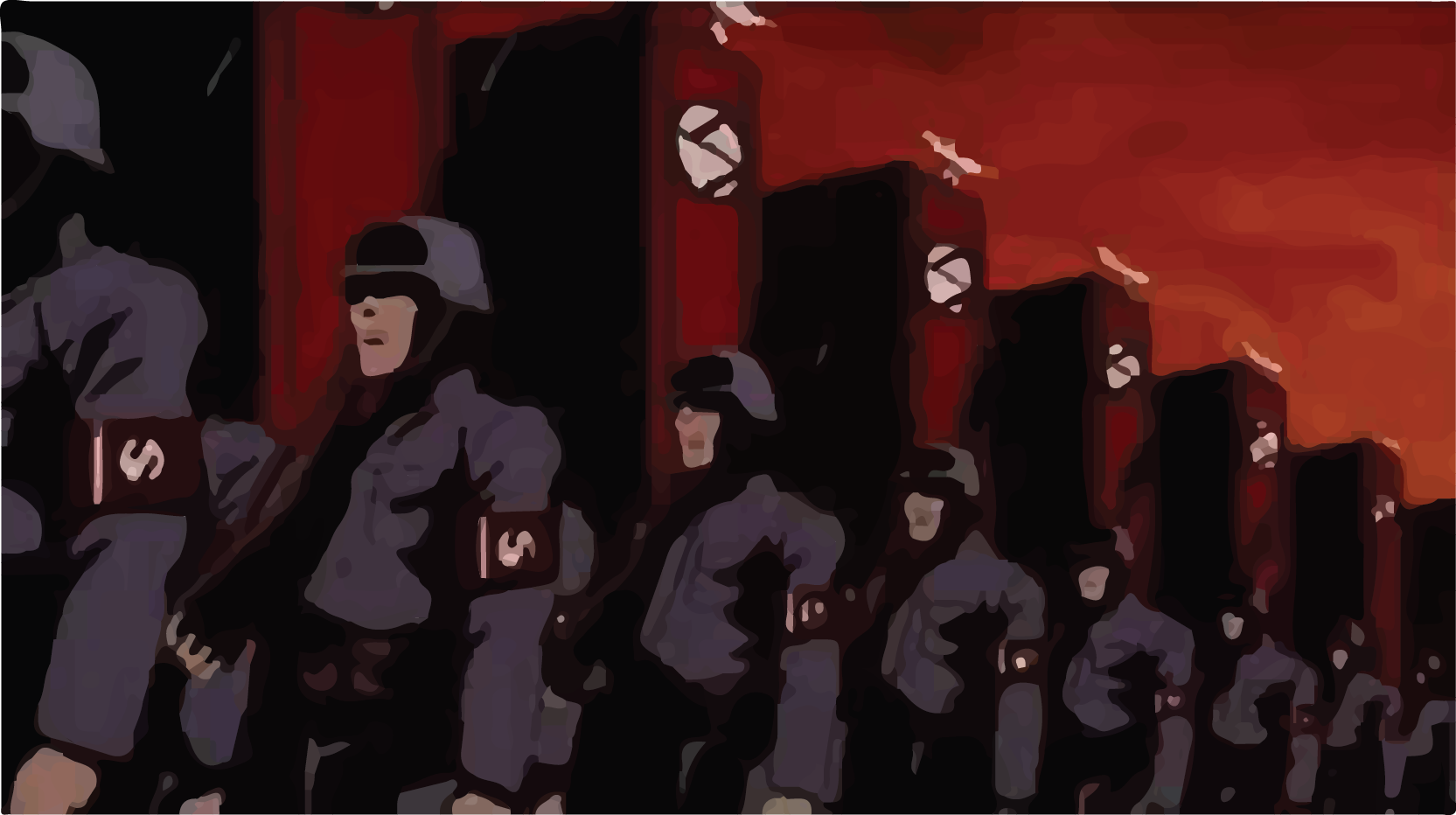 A while ago Fria Tider wrote an article about a Nordic Resistance Movement demonstration in Stockholm. They phoned me beforehand and asked for a comment, but I explained I wouldn’t oblige until they started referring to us by our proper ideological name; that is, National Socialists, not “Nazis”. I made it clear we would be happy to cooperate with them in future if they granted us this simple courtesy. They subsequently published an article about the event entitled “38 Nazis arrested for violent attack on police in Stockholm”. I feel this warrants a response.
A while ago Fria Tider wrote an article about a Nordic Resistance Movement demonstration in Stockholm. They phoned me beforehand and asked for a comment, but I explained I wouldn’t oblige until they started referring to us by our proper ideological name; that is, National Socialists, not “Nazis”. I made it clear we would be happy to cooperate with them in future if they granted us this simple courtesy. They subsequently published an article about the event entitled “38 Nazis arrested for violent attack on police in Stockholm”. I feel this warrants a response.